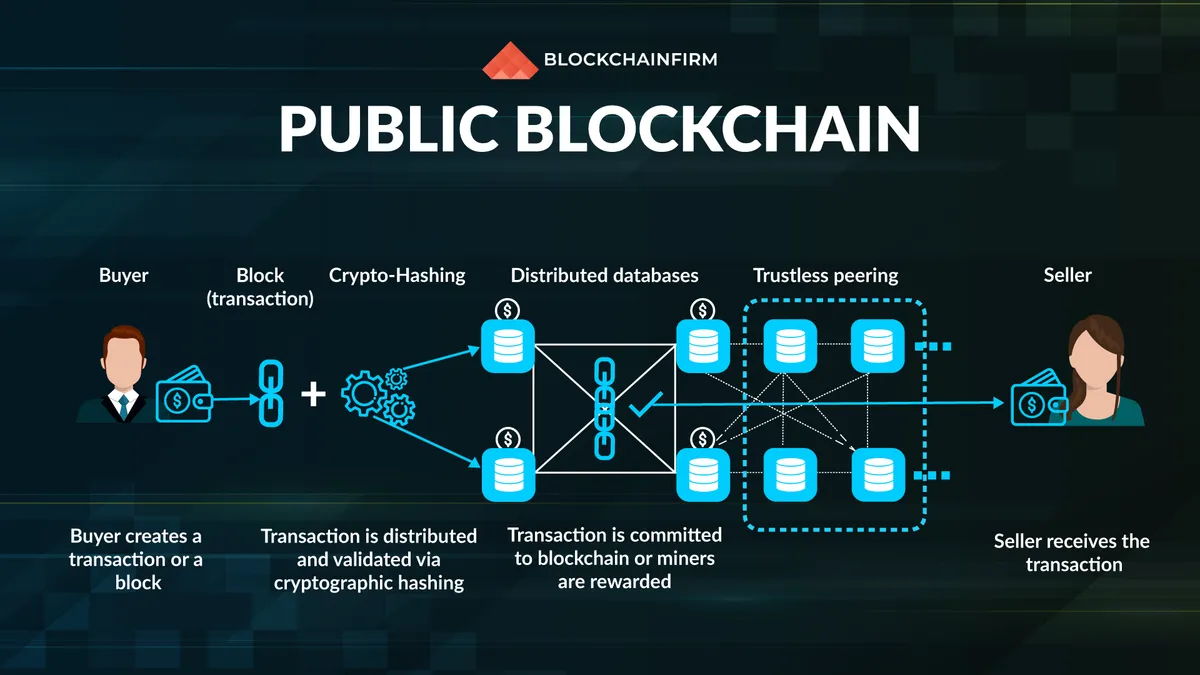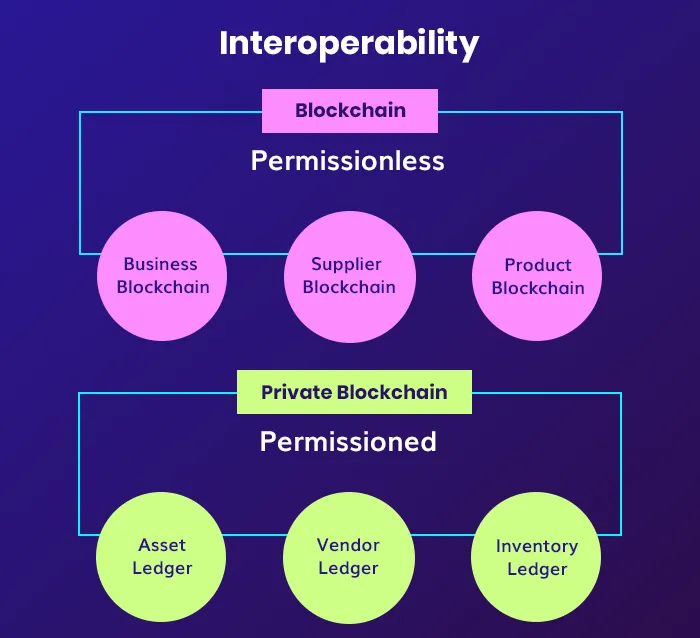
Blockchain technology has been making waves in recent years, and for good reason. The decentralized, digital ledger system has the potential to revolutionize a wide range of industries, from finance to healthcare to supply chain management. One of the key components of blockchain technology is the concept of a public blockchain.
A public blockchain is a decentralized, distributed ledger that is open to anyone. This means that anyone can participate in the network, validate transactions, and even create new blocks. This is in contrast to a private blockchain, which is typically controlled by a central authority and is only accessible to a select group of participants.
One of the most well-known examples of a public blockchain is the Bitcoin network. Anyone can join the network, download the software, and start validating transactions and creating new blocks. In return for their participation, users are rewarded with Bitcoin.

Another key aspect of public blockchains is that they are permissionless. This means that there are no restrictions on who can participate in the network or what they can do. Anyone can create a new transaction or add a new block to the chain. This is in contrast to a permissioned blockchain, which typically requires users to be vetted and granted access by a central authority.

The decentralized nature of public blockchains has a number of benefits. For one, it makes the network more secure, as there is no single point of failure. Public blockchains are also less susceptible to censorship, as there is no central authority that can control or shut down the network. Additionally, public blockchains offer increased transparency, as all transactions are recorded on a public ledger that is accessible to anyone.
However, there are also some challenges associated with public blockchains. One of the main concerns is scalability, as the number of transactions that can be processed per second is limited. Additionally, there is a lack of standardization and interoperability between different public blockchain networks, which can make it difficult for different systems to communicate with one another.

Overall, public blockchains represent an exciting new frontier in the world of digital technology. They offer a number of benefits, including increased security, transparency, and decentralization, but there are also some challenges that need to be overcome. As the technology continues to evolve, it will be interesting to see how public blockchains are used to shape the future of various industries.
For more information, please visit us HERE
